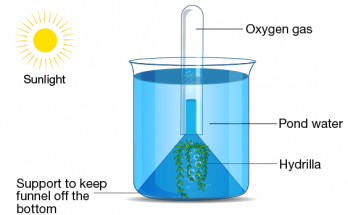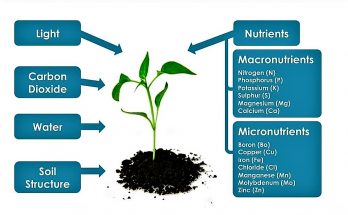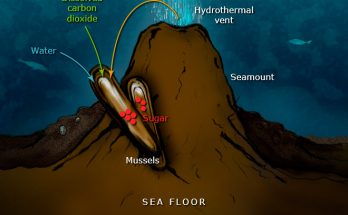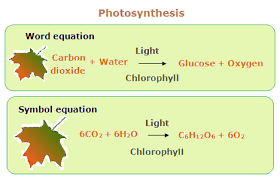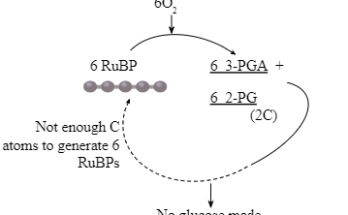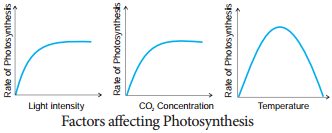
Diwali Essay Collection – (150 ,200, 300 , 500 1000-1200 words)
Explore our comprehensive Diwali essay collection, ranging from 150-200 words to an in-depth 1000-1200 words analysis. Delve into the significance of Diwali across religions and its modern global context. Whether you’re looking for a concise overview or a detailed examination, our essays cover every facet of this luminous festival.
Diwali Essay Collection – (150 ,200, 300 , 500 1000-1200 words) Read More
